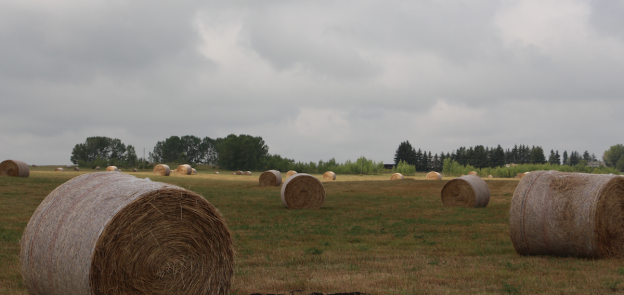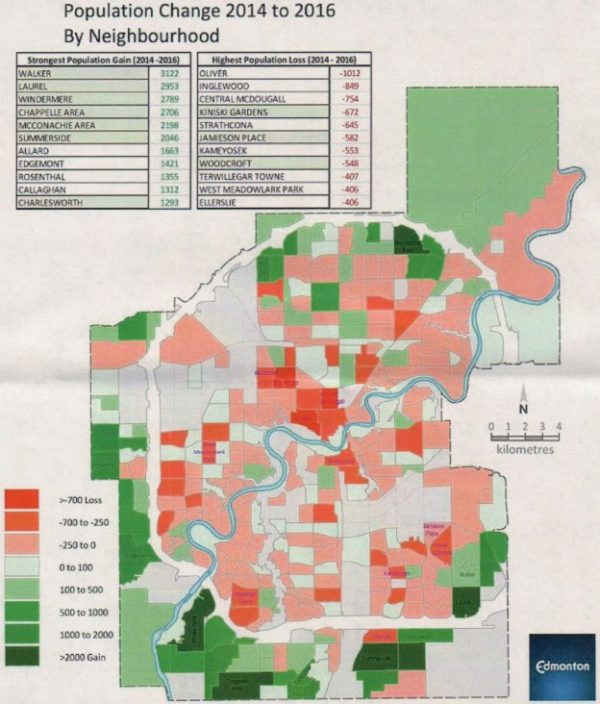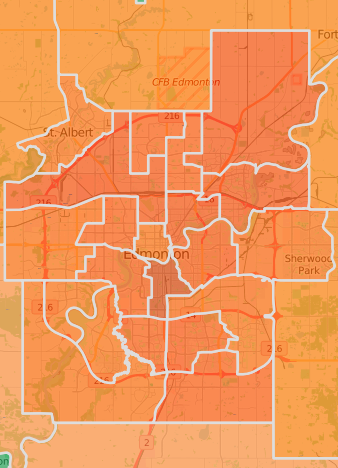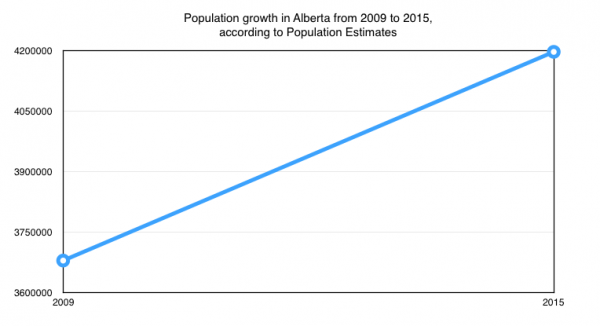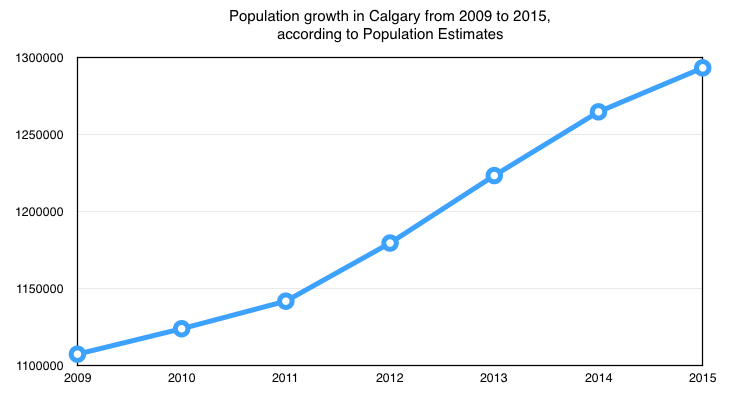The Alberta Association of Municipal Districts and Counties approved a resolution opposing the recommendations included in the final report of the Electoral Boundaries Commission this week at their annual meeting in Edmonton. The organization representing municipal districts and counties opposes the dissolution of three rural districts and is calling for an amendment to Section 13 of the Electoral Boundaries Commission Act.
A press release issued by the AAMDC states the organization has no issue with the creation of new urban seats to support the significant growth in the urban centres, but feels strongly these seats should not be created at the expense of rural Alberta.
“To suggest that effective representation will be achieved by decreasing the number of long-standing rural seats will disservice rural Alberta greatly,” AAMDC president Al Kemmere said in the news release. “Rural communities are an intrinsic part of Alberta and as such, deserve to have a voice in our democratic institutions.”
Section 13 of the Electoral Boundaries Commission Act limits the number of districts represented in Alberta’s Legislative Assembly to 87. Presumably, the AAMDC would like to see an increase to the total number of MLAs in order to offset the loss of rural representation in the Assembly.
In 2010, then-Justice Minister Alison Redford introduced Bill 28: Electoral Division Act, which increased the total number of electoral districts represented in the Legislature from 83 to 87. It was widely believed that this increase was an attempt to quell political opposition to any decrease in rural representation by the large caucus of rural Progressive Conservative MLAs.
The Commission’s final report recommends the creation of three new urban districts to reflect significant population growth in urban municipalities such as Airdrie, Calgary, Chestermere, Cochrane, Edmonton and Spruce Grove. The report’s recommendations also reflect the considerable growth of suburban and acreage communities in counties surrounding these urban areas.
While most areas of the province have experienced some level of population growth since the last time electoral boundaries were redrawn in 2011, some rural areas east of Red Deer and in east central Alberta have experience a decline in population.
The elimination of rural districts will result in geographically larger rural districts. This will pose increased challenges to MLAs who will need to represent more sprawling and geographically diverse constituencies, but the elimination of rural districts is inevitable unless their populations increase at a rate larger than the growing urban areas.
Rural Alberta has experienced a significant decline in electoral representation over the past fifty years, partly due to population growth in the urban centres but mostly due to the gradual elimination of intentional political gerrymandering of electoral districts, which created a lopsided over-representation of rural MLAs in the Assembly.
In the 1967 election, rural Albertans were 31 percent of the population but rural areas represented 44 of 63 electoral districts in the province. That rural overrepresentation declined only slightly in the 1971 election, when rural Albertans represented 27 percent of the population and 42 of 75 electoral districts.
The blatant overrepresentation of rural areas over the province’s growing urban areas continued under the old PC government until at least the mid-1990s. Rural gerrymandering was once a hallmark of Alberta’s political history, but recent Electoral Boundary Commissions worked to equalize representation of rural and urban areas in the Assembly.
Politics and Rural Representation
When the Commission’s final report is introduced for debate in the Assembly, which could happen in the coming weeks, we can expect the United Conservative Party caucus to oppose many of the recommended changes. While there are legitimate concerns with some of the boundary changes impacting rural areas, the UCP will use the report’s recommendations to attack the urban-based New Democratic Party, which is already unpopular in rural Alberta.
Unlike the PC caucus in 2010 and the UCP caucus in 2017, the governing NDP caucus is largely composed of MLAs representing urban districts in Calgary, Edmonton, Red Deer and Lethbridge. The relatively small rural NDP caucus, which includes Children’s Services Minister Danielle Larivee, Energy Minister Marg McCuaig-Boyd, Municipal Affairs Minister Shaye Anderson, Agriculture Minister Oneil Carlier and Economic Development Associate Minister Jessica Littlewood, does not have the numerical leverage over their colleagues that rural caucuses have had in the past.
The decreasing influence of rural MLAs in Alberta governments since 2012, when the Wildrose Party swept into opposition, led the AAMDC to find itself sitting on the outside of political power for the first time in decades.
For many years, the AAMDC was known in political circles as the PC Party’s “farm team,” because many rural politicians had used the organization as a springboard in attempts to win PC candidate nominations (including current president Al Kemmere and former county reeves Jack Hayden, Ray Danyluk and Ed Stelmach).
The PCs under Redford’s leadership struggled to communicate rural interests in government and it is unclear if the current NDP government even has much of a rural agenda.
This week’s announcement from Shaye Anderson that the government will provide a tax credit for uncollectible education property taxes on defunct oil and gas properties, known as orphan wells, should be popular among rural municipal leaders. But previous transgressions, like the fumbled passage of Bill 6 and the phase-out of coal-fired power plants early in the NDP’s term in government created significant resentment in rural areas. These issues will pose a major challenge for NDP MLAs seeking re-election in rural districts in the 2019 election.
